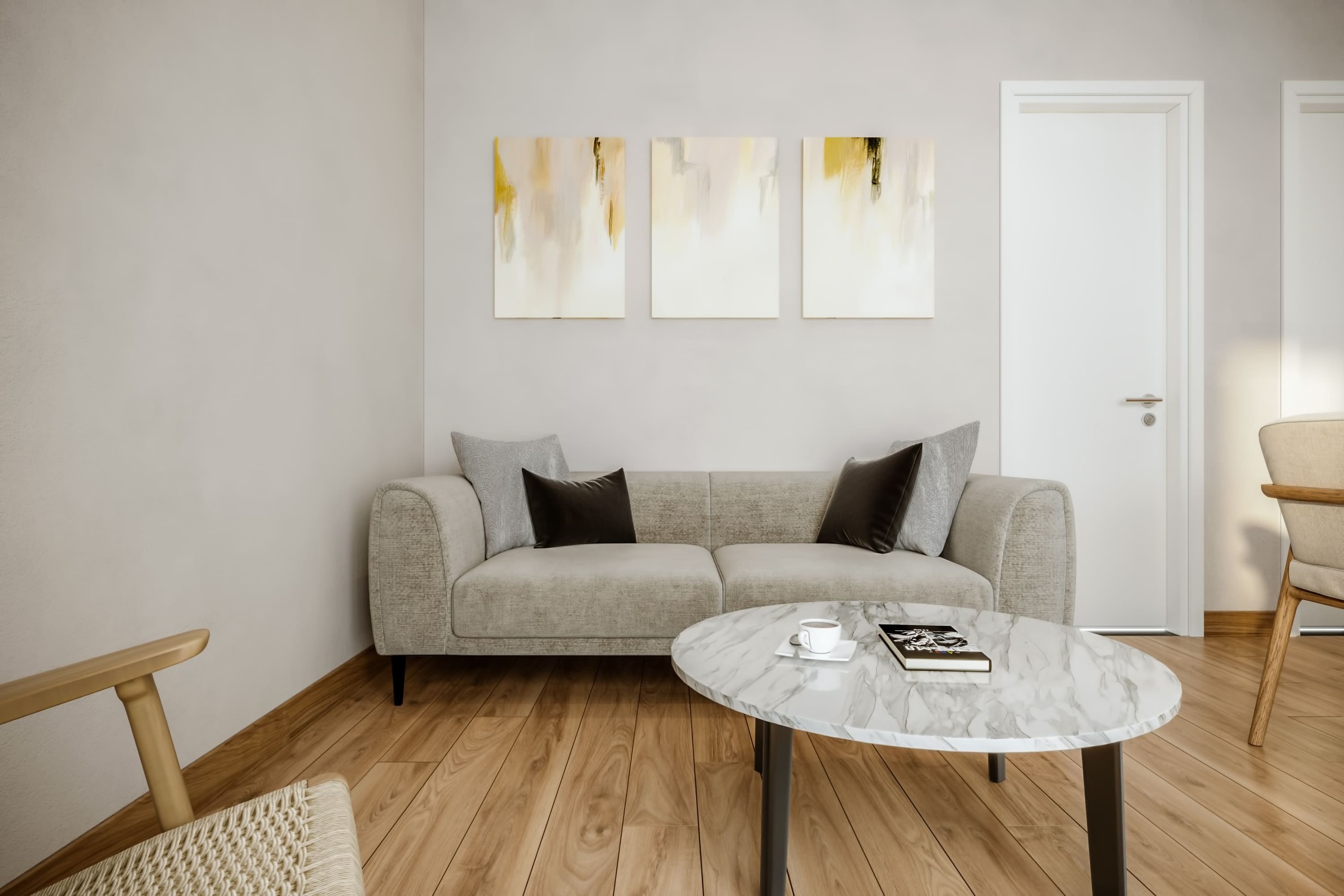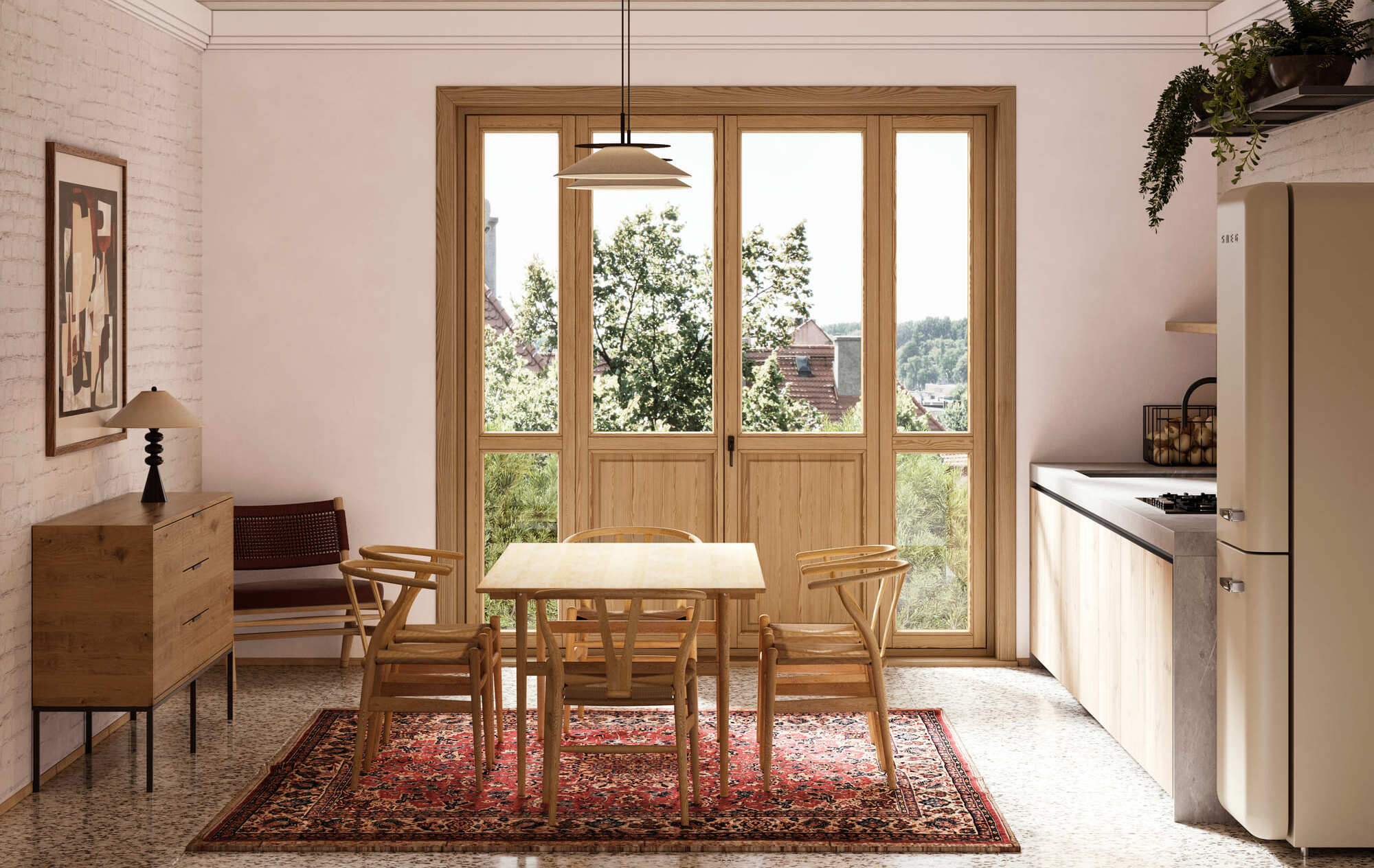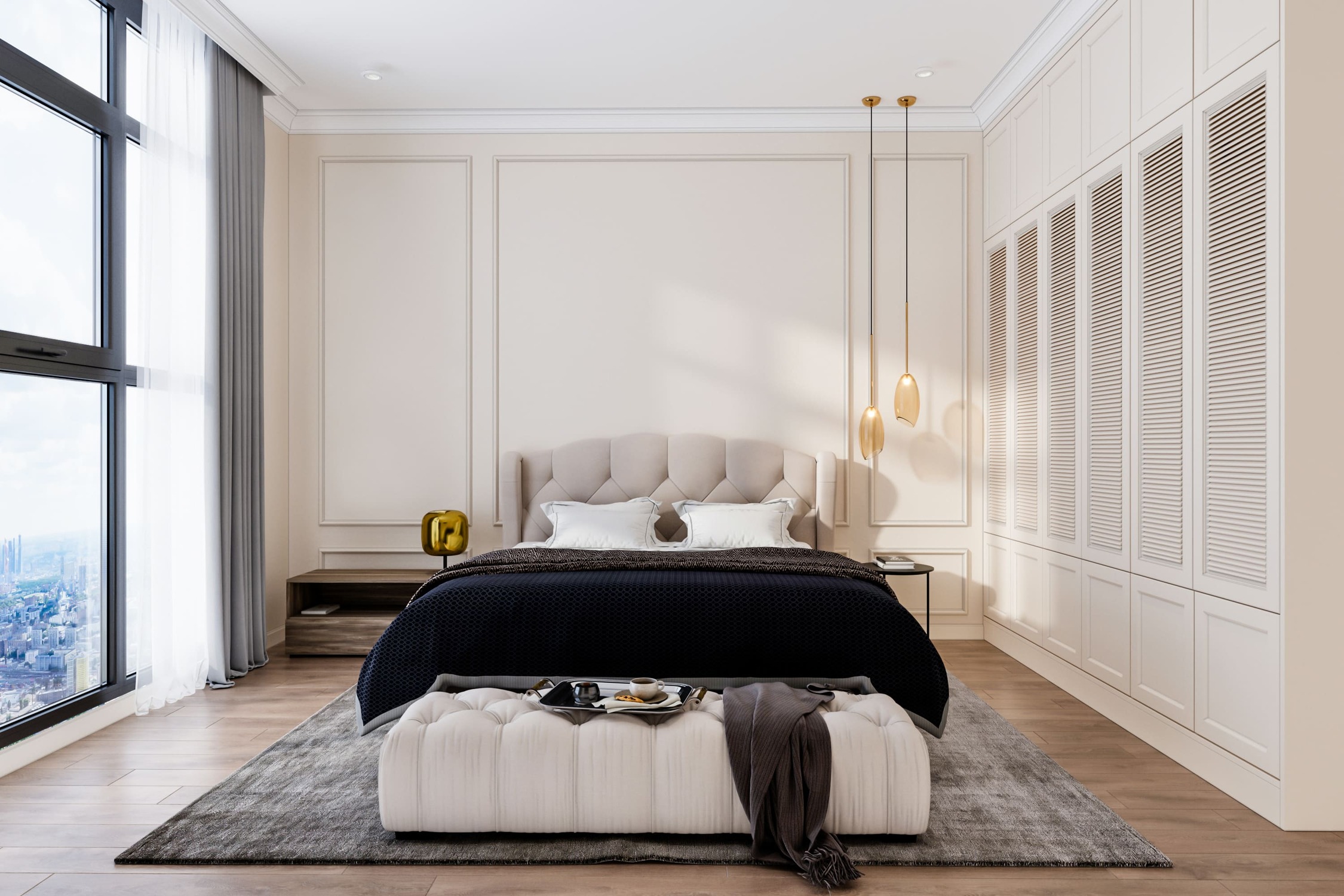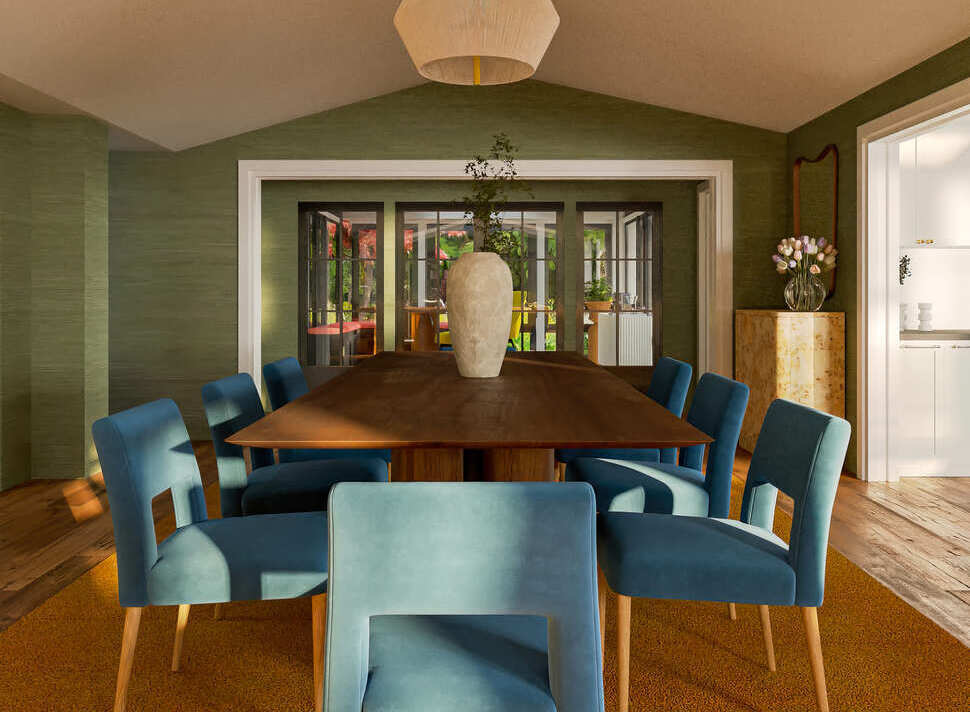Enhancing Online Retail with 360° View Technology
Introduction to 360° View Technology in Online Retail
In the dynamic world of online retail, the 360-degree product viewer has emerged as a revolutionary tool, transforming how consumers interact with products virtually. This innovative technology allows potential buyers to explore a product from every angle, providing a tactile sense of in-store shopping from the comfort of their homes. The essence of this article revolves around the profound impact and the intricate processes involved in crafting these immersive visual experiences. By delving into the specifics of 360° view technology, we aim to shed light on how it enhances customer engagement, fosters informed purchasing decisions, and ultimately, redefines the standards of online retail.
The inception of 360° view technology marked a significant milestone in eCommerce, bridging the gap between digital storefronts and physical product interaction. Unlike traditional static images, 360° views offer a comprehensive perspective, enabling customers to rotate and examine products with unparalleled detail. This leap in visualization capabilities boosts consumer confidence and significantly reduces the likelihood of returns due to unmet expectations. As we navigate through the nuances of this technology, we'll explore its integration into online platforms, the meticulous process of creating seamless 360° product views, and the tangible benefits it brings to retailers and consumers.
Implementing 360° Views: From Photography to 3D Models
Photography Techniques and Equipment
Creating a captivating 360° product view begins with advanced photography techniques and specialized equipment. High-resolution images are the cornerstone of this process, requiring meticulously arranged Photography to capture every facet of the product. Professional photographers often employ motorized turntables to ensure consistent rotation, paired with a DSLR camera mounted on a tripod to maintain a steady focal point. The process involves shooting photographs at fixed intervals as the product completes a 360-degree rotation. The number of images can vary, but 24 to 36 photos are typically taken to ensure fluidity in the final view. Lighting is pivotal in this stage; soft, diffused lighting is preferred to eliminate harsh shadows and highlight the product's details without distortion.

Image from Yousee Studio
Creating 3D Models for Enhanced Interactivity
Beyond traditional Photography, the advent of 3D modeling software has propelled 360° product views into a realm of enhanced interactivity and realism. Software such as Autodesk 3ds Max, Maya, and Blender are at the forefront, enabling 3D artists to construct detailed digital replicas of physical products. The process begins with precise measurements and photographs of the product, which serve as references for building the 3D model. Every curve, texture, and color is meticulously replicated to match the actual product, ensuring that the virtual model is indistinguishable from its physical counterpart. Texturing and lighting are critical at this stage; they breathe life into the model, giving it a realistic appearance that responds dynamically as users interact with the 360° view. Advanced rendering techniques, such as ray tracing, simulate real-world lighting conditions and material properties, resulting in a photorealistic finish that enhances the user's virtual experience.
Integrating 3D models into 360° views provides a more immersive visual experience and opens up new possibilities for customer interaction. Features such as zoom, pan, and custom animations can be incorporated, allowing customers to explore products in previously unimaginable ways in online retail. This level of interactivity is particularly beneficial for products where detail and functionality are crucial purchasing factors, such as electronics, furniture, and fashion accessories. By providing a comprehensive understanding of the product's features and design, 3D-enhanced 360° views significantly reduce the uncertainty often accompanying online shopping, leading to higher satisfaction rates and reduced return rates.
Implementing 360° views in online retail, from sophisticated photography techniques to creating detailed 3D models, represents a confluence of art and technology. As we continue to push the boundaries of digital retail experiences, the meticulous attention to detail and innovative use of technology inherent in 360° view creation play a crucial role in shaping the future of e-commerce. With each advancement, we move closer to bridging the gap between the physical and digital realms, offering customers a shopping experience that is both convenient and richly informative, and engaging.
Benefits of 360° Product Views for Online Shoppers
The adoption of 360° product views in online retail has markedly enhanced the shopping experience for consumers, offering them unparalleled interaction with products before making a purchase. This immersive technology bridges the sensory gap typically associated with online shopping and empowers consumers to make informed decisions, fostering a more satisfying and confident shopping journey.

Image from Yousee Studio
One of the most significant benefits of 360° product views is the substantial increase in consumer engagement and confidence. By allowing potential buyers to explore every angle and detail of a product, these views provide a near-tangible experience that closely mirrors the in-store shopping experience. This level of detail is particularly crucial for products where texture, color, and functionality play a vital role in purchasing, such as apparel, electronics, and home furnishings. For instance, in the case of an intricate piece of jewelry, a 360° view enables customers to examine the craftsmanship, settings, and quality of stones from all angles, significantly reducing the uncertainty that might otherwise lead to hesitation or reluctance in making an online purchase.
Moreover, 360° product views' impact on conversion and return rates is profound. Studies and e-commerce analytics have shown that products featured with 360° views have higher conversion rates than those with static images. This is attributed to the enhanced level of product understanding and satisfaction that customers gain from interacting with the 360° views, reducing the likelihood of returns due to unmet expectations. For example, an online furniture retailer might use 360° views to showcase a sofa's design, material quality, and color options, allowing customers to visualize how the piece would fit and look in their own space. This immersive experience not only aids in the visualization process but also reduces the risk of returns due to size, color, or design mismatches, which are common issues in online furniture shopping.
Integration Challenges and Solutions
While the benefits of 360° product views are evident, integrating this technology into online retail platforms presents a set of challenges, both technical and logistical. The primary technical challenge lies in the file size and loading times associated with high-quality 360° images and 3D models. High-resolution visuals are essential for delivering a detailed and engaging user experience. Still, they can also lead to longer page loading times, negatively impacting user engagement and SEO rankings. To address this, retailers and developers must optimize image and model files, compressing them without significant loss of quality, and implement lazy loading techniques, where images are only loaded when they come into the user's viewport.
Another challenge is the compatibility of 360° views across different devices and browsers. With a diverse range of smartphones, tablets, and desktops, ensuring a seamless and responsive experience across all platforms is crucial. This requires meticulous testing and optimization to ensure that the 360° views are accessible and functional on various screen sizes and resolutions. Moreover, integrating interactive features, such as zoom and pan, must be intuitive and responsive to touch and mouse inputs, providing a consistent experience across touch and non-touch devices.
On the logistical front, creating 360° product views can be resource-intensive, requiring specialized photography equipment, software, and expertise. For businesses with extensive inventories or frequently changing product lines, capturing and processing 360° images for each product can be daunting. To mitigate this, businesses can explore streamlined workflows that leverage automated photography solutions, such as robotic turntables and software that automates the stitching and processing of images. Additionally, outsourcing to specialized 3D modeling and rendering services can be a cost-effective solution for creating high-quality 3D product models, especially for businesses lacking in-house expertise.
Maximizing Engagement with 360° Views
The effective utilization of 360° views goes beyond mere implementation; it involves strategic integration into marketing and customer engagement strategies to maximize its impact. By leveraging 360° product views as a central component of online retail storytelling, businesses can create compelling narratives around their products, enhancing brand engagement and fostering a deeper connection with their audience.
One key strategy is to incorporate 360° views into content marketing efforts. By featuring these interactive views in blog posts, buying guides, and feature stories, retailers can provide rich, contextual information that helps customers understand the value and applications of their products. For instance, a tech retailer could create a detailed blog post about the latest camera, embedding 360° views that allow readers to explore the product's features as they read about them. This enriches the content and keeps potential buyers engaged and more likely to convert.

Image from Yousee Studio
Social media platforms present another valuable avenue for leveraging 360° views. With the rise of visual content on platforms like Instagram, Facebook, and Pinterest, sharing engaging 360° views of products can significantly increase visibility and shareability. Retailers can create interactive posts that invite users to explore products, participate in contests, or vote on their favorite features, driving Engagement and spreading brand awareness organically.
Conclusion
Integrating 360° view technology in online retail represents a significant leap forward in how products are presented and experienced digitally. By offering customers an immersive, interactive way to explore products, 360° views address many of the limitations traditionally associated with online shopping. From enhancing product understanding to reducing return rates, the benefits of this technology are clear.
However, the successful implementation of 360° views has its challenges. From technical hurdles to logistical considerations, retailers must navigate a complex landscape to harness the full potential of this technology. Yet, the rewards can be substantial with strategic planning, optimization, and a focus on customer engagement.
Contact us at YouSee Studio for captivating 3D renderings and immersive virtual experiences.
Karen Spacey is a content writer and the author of this article.




